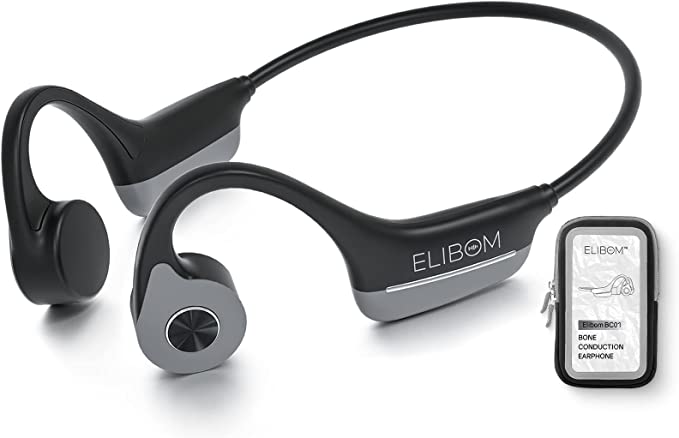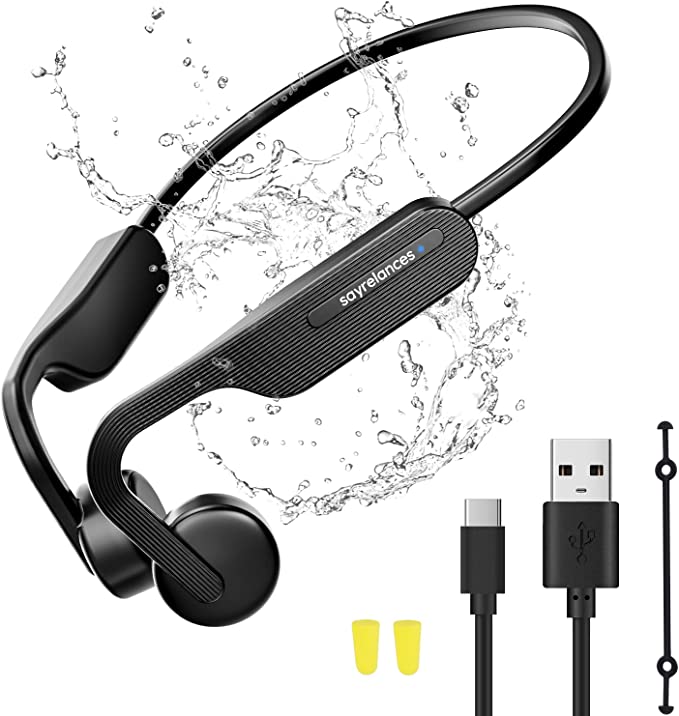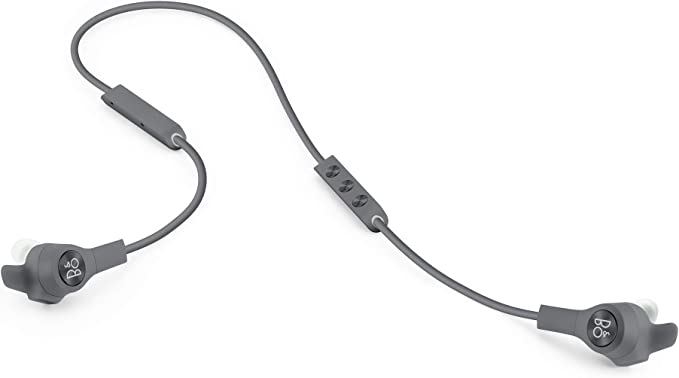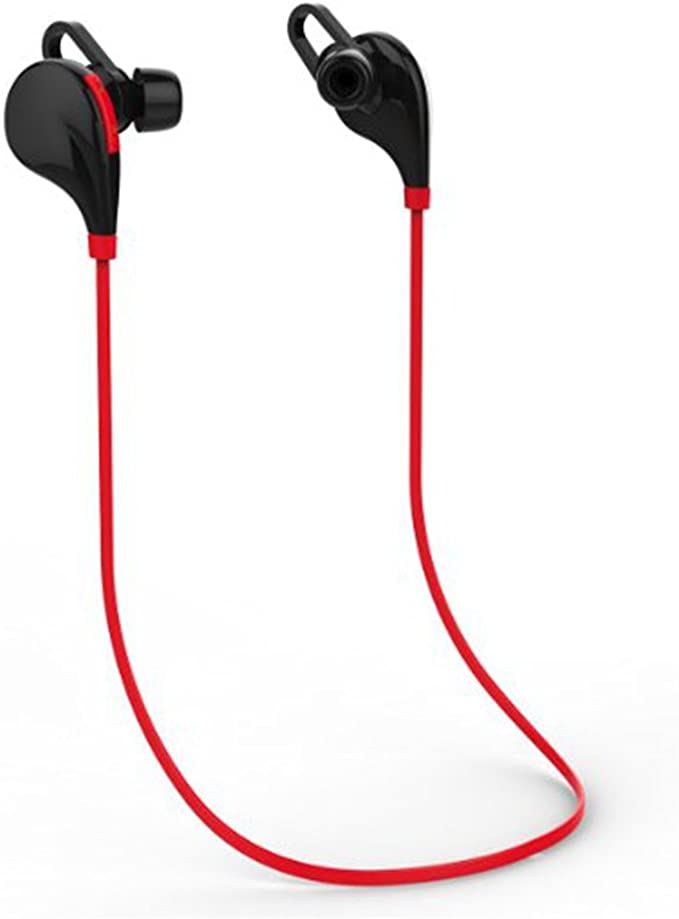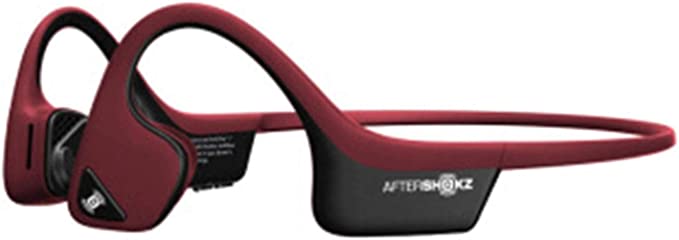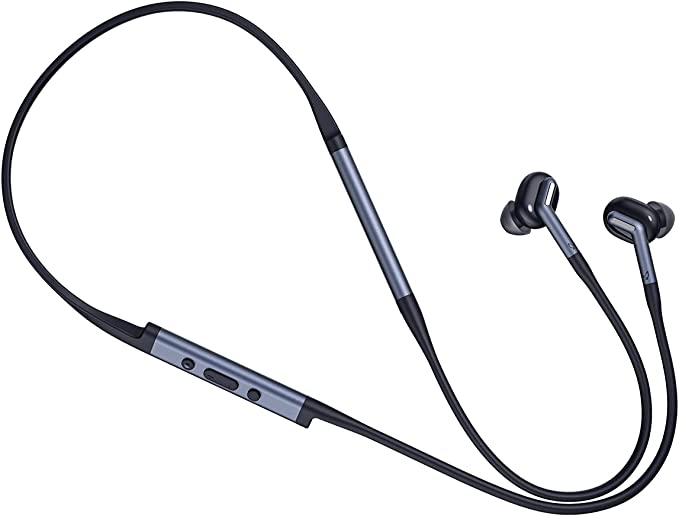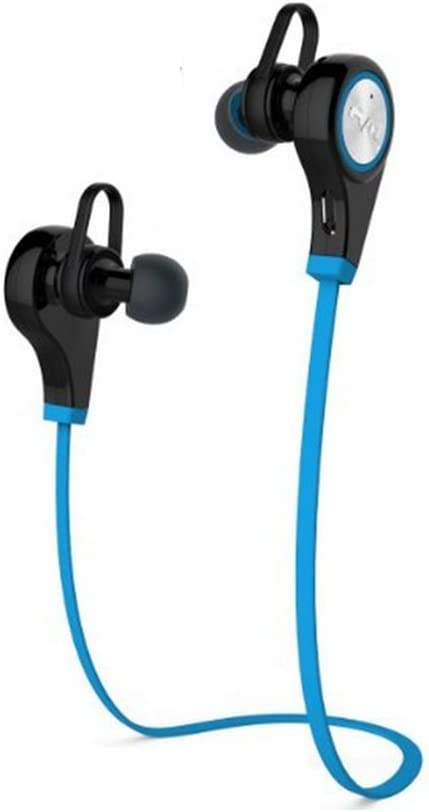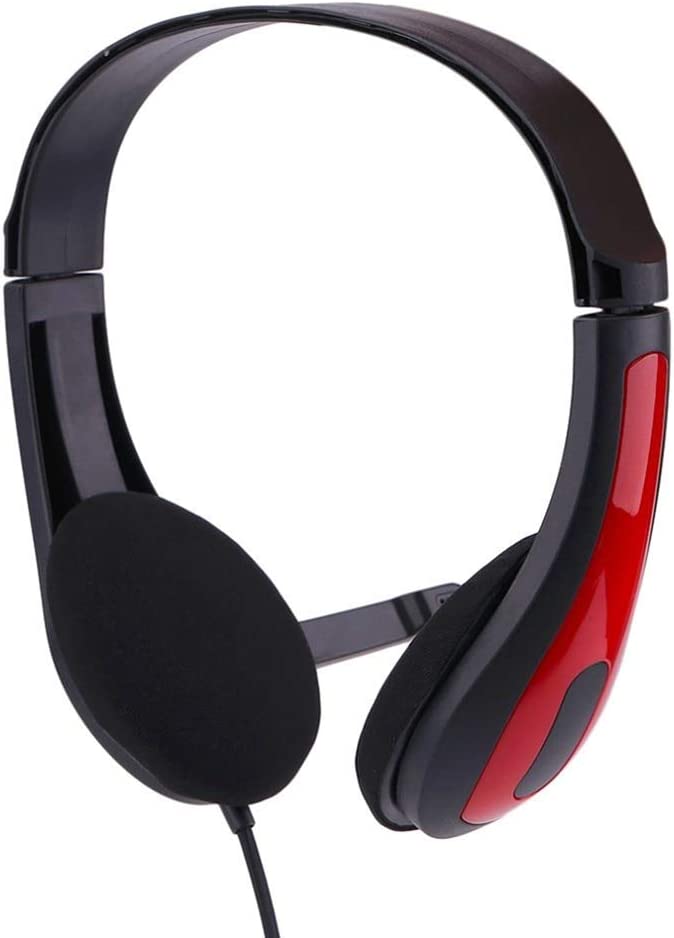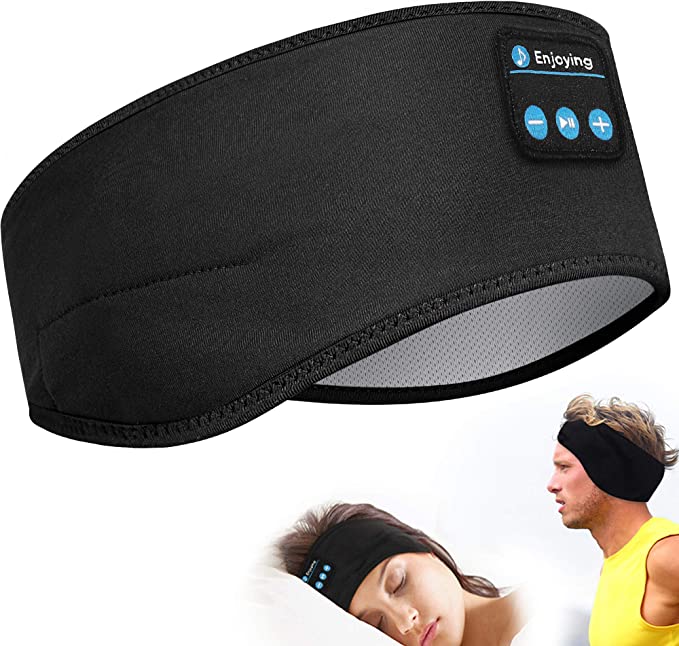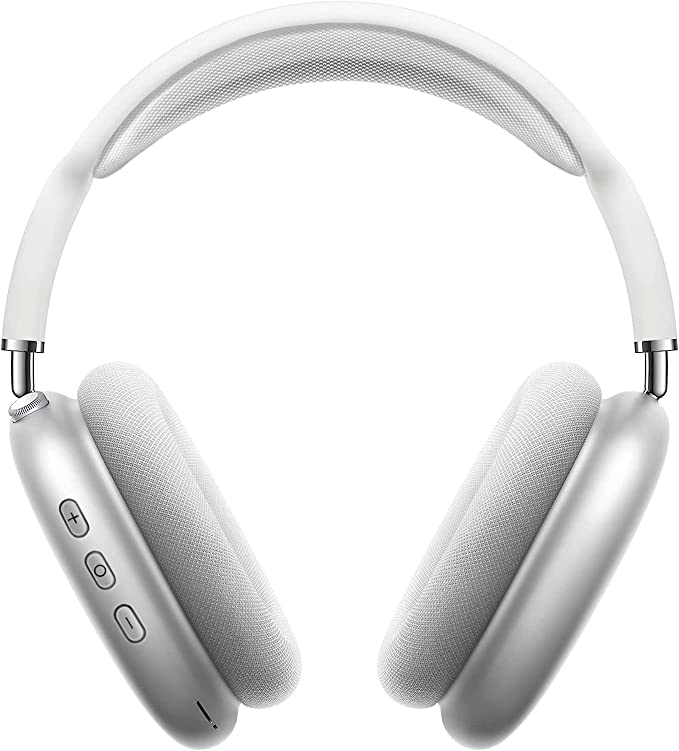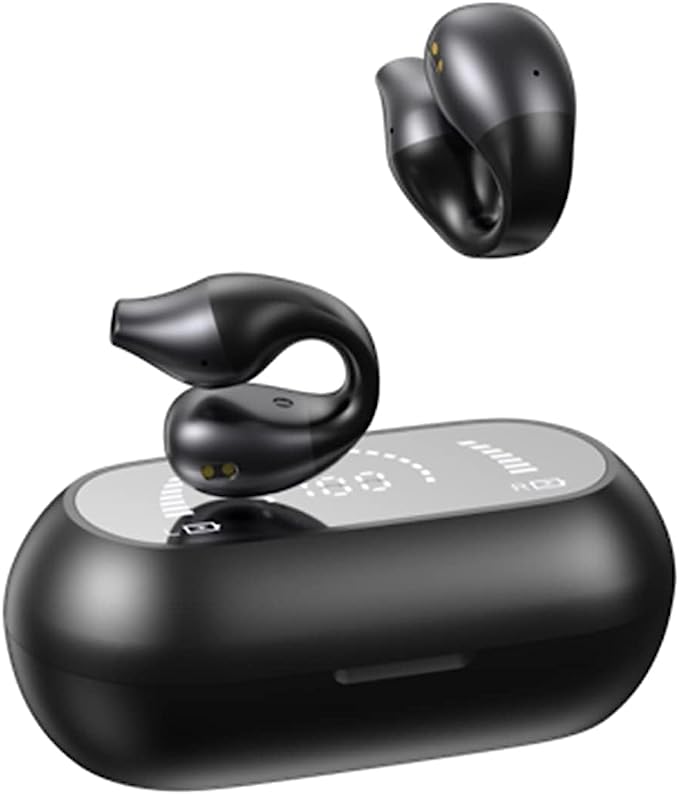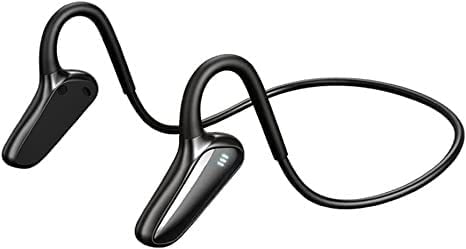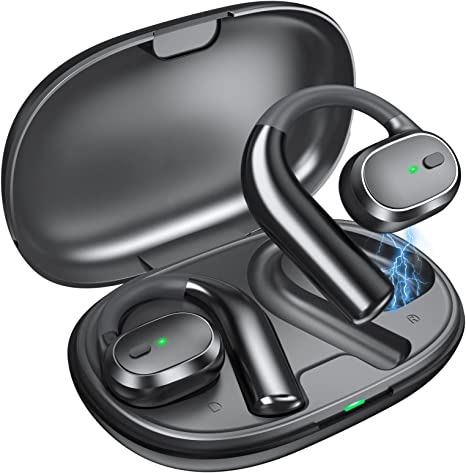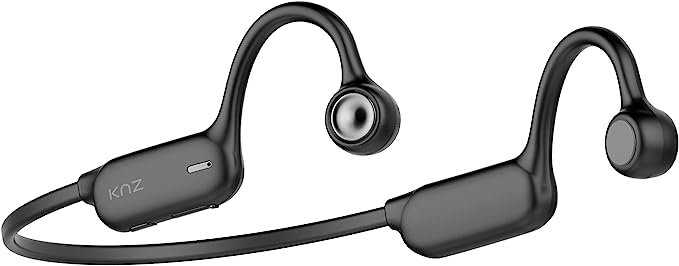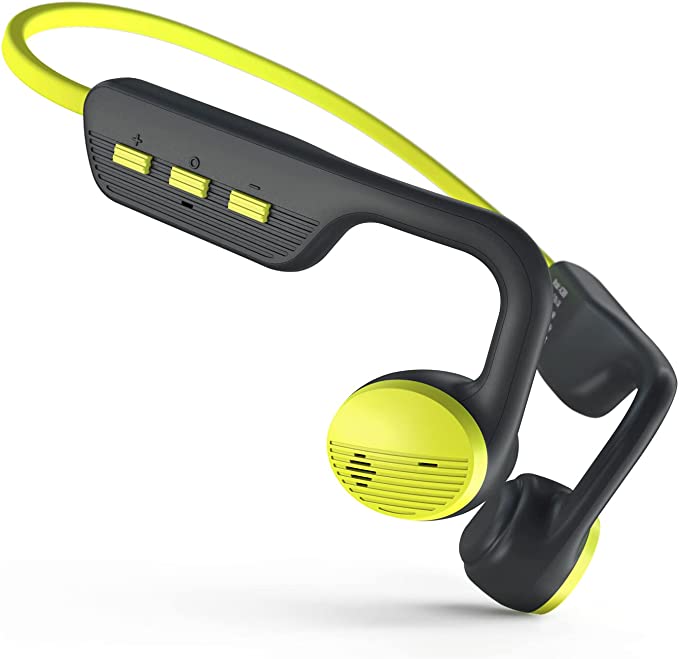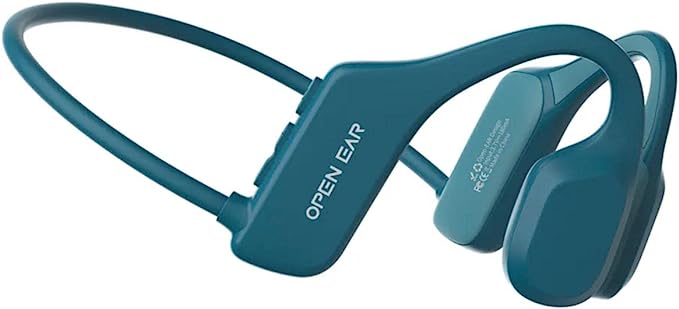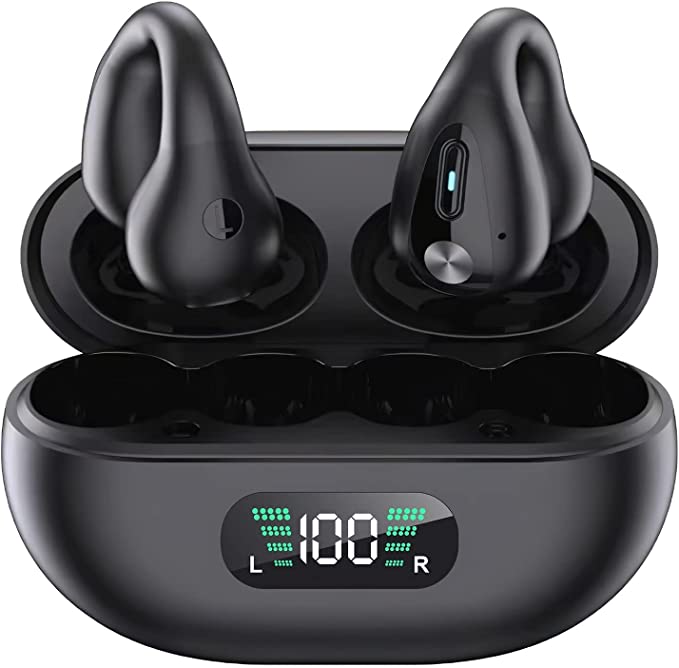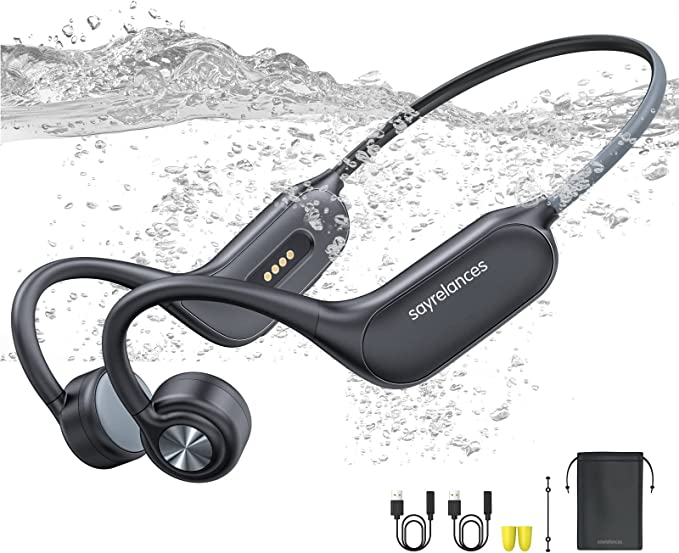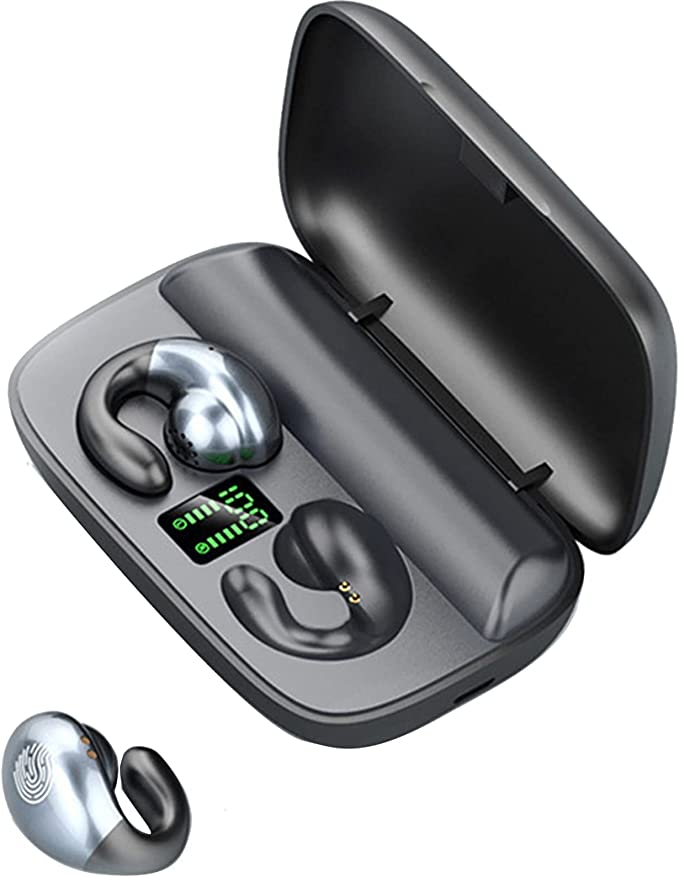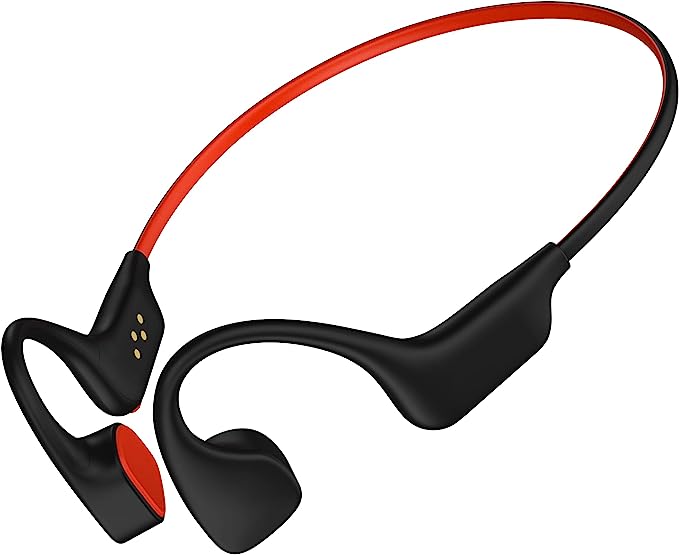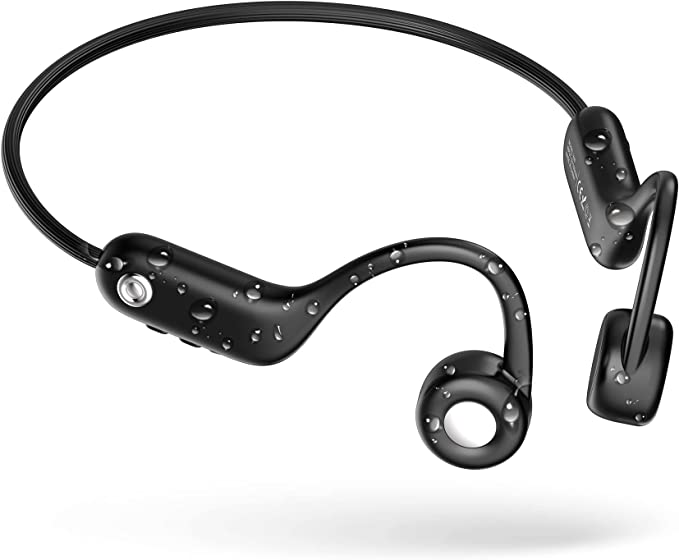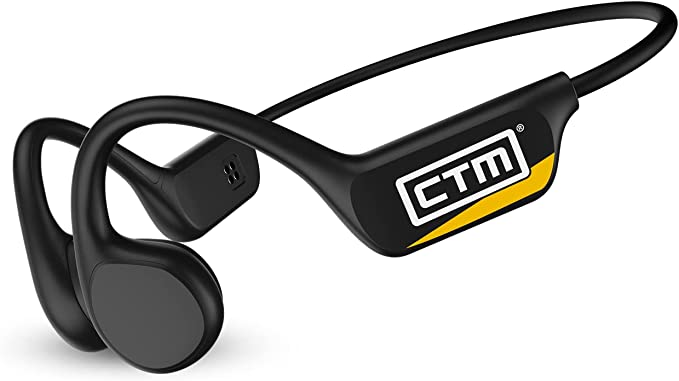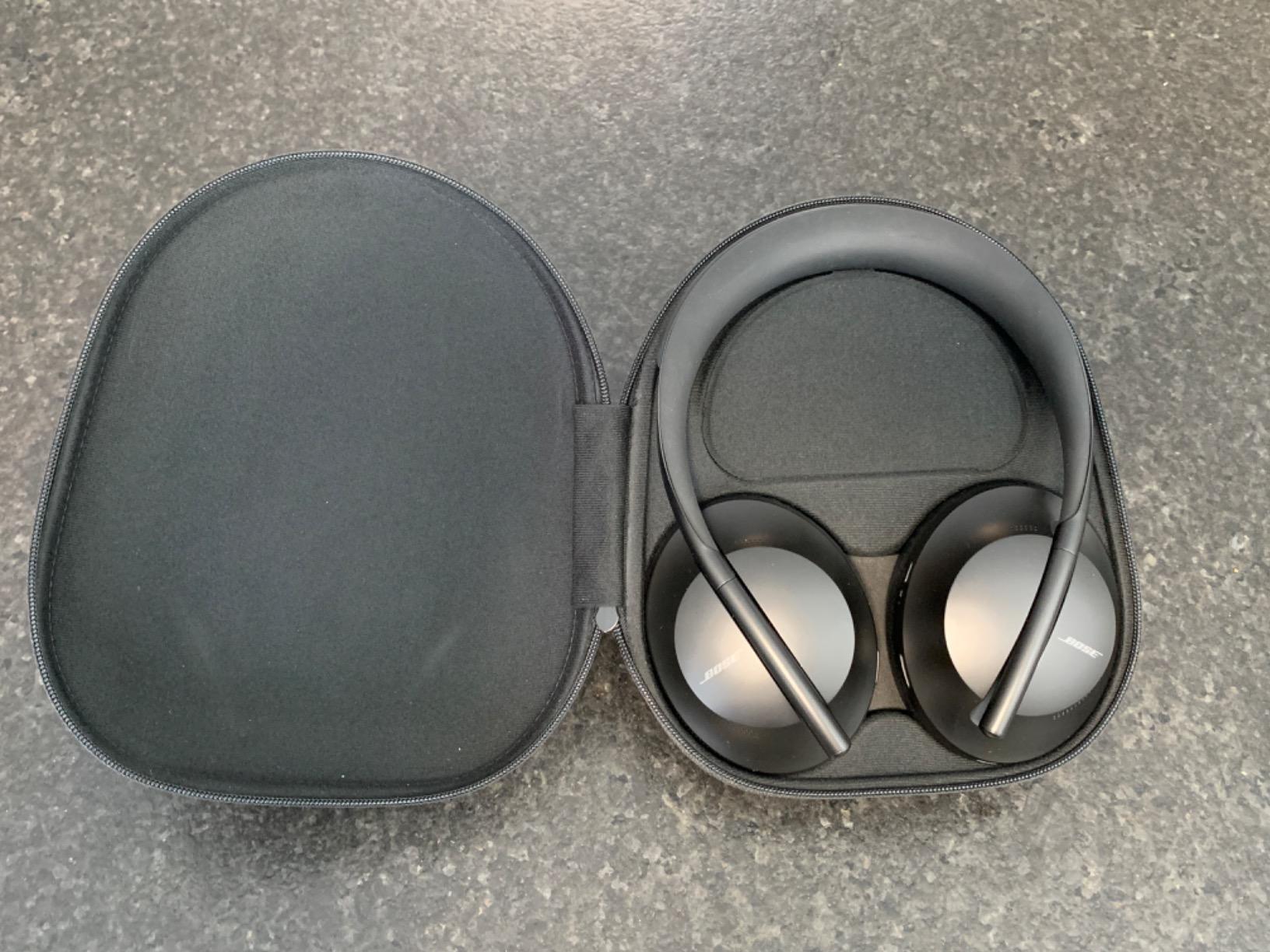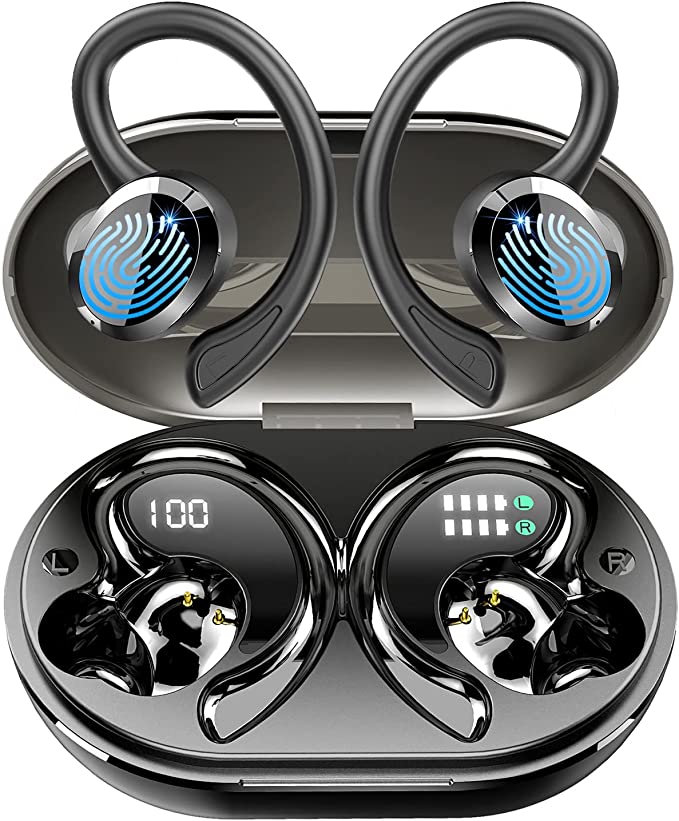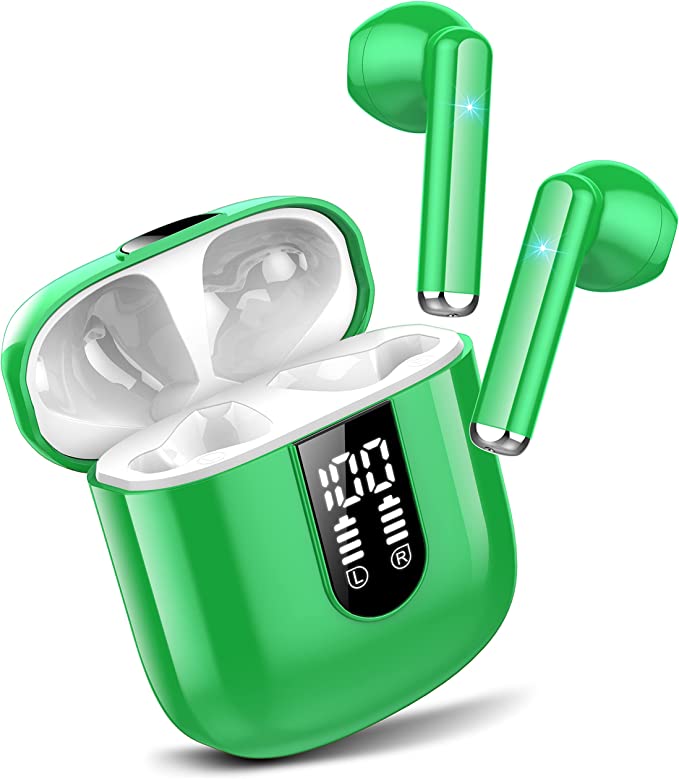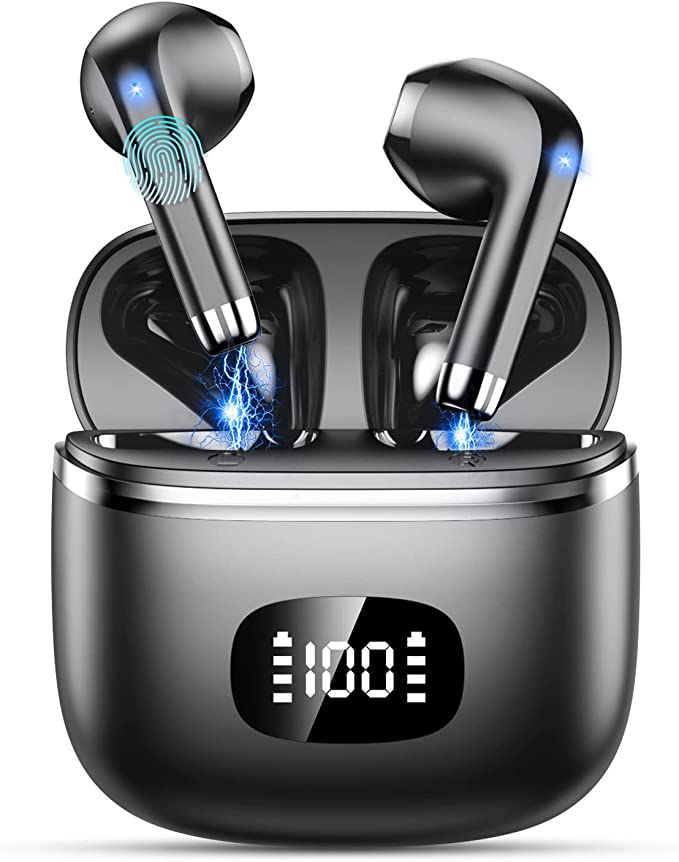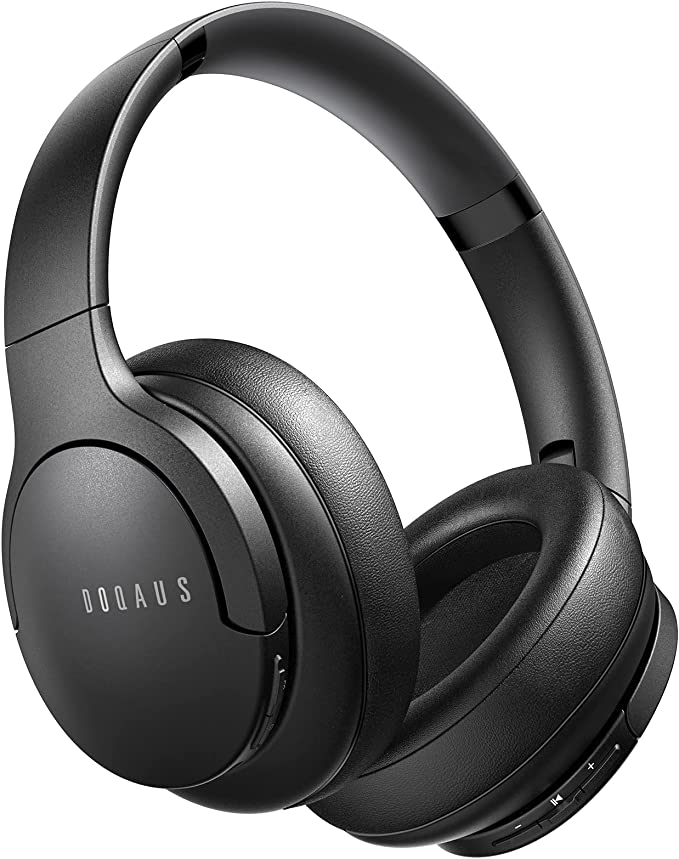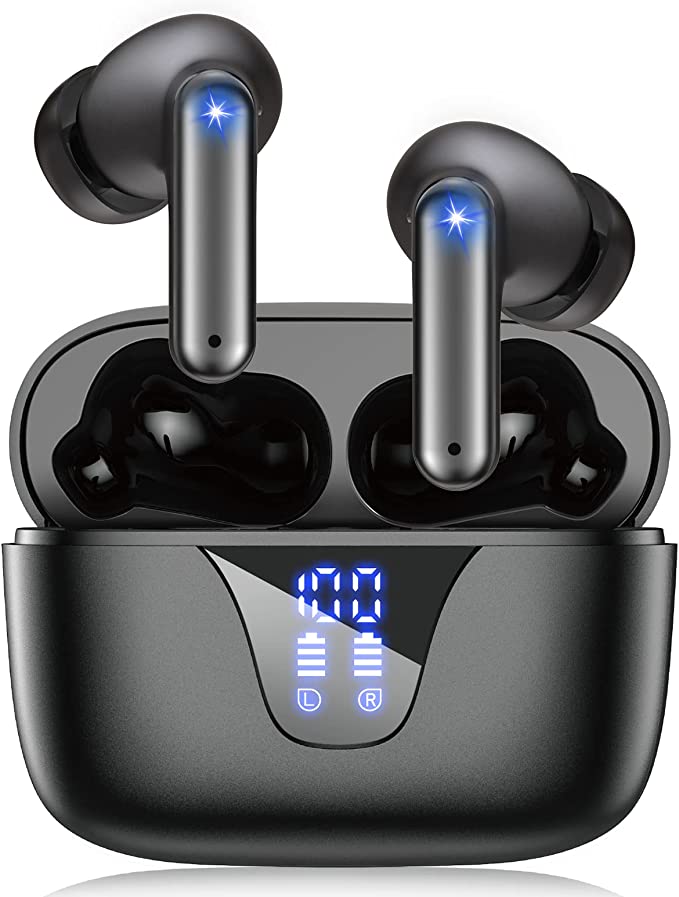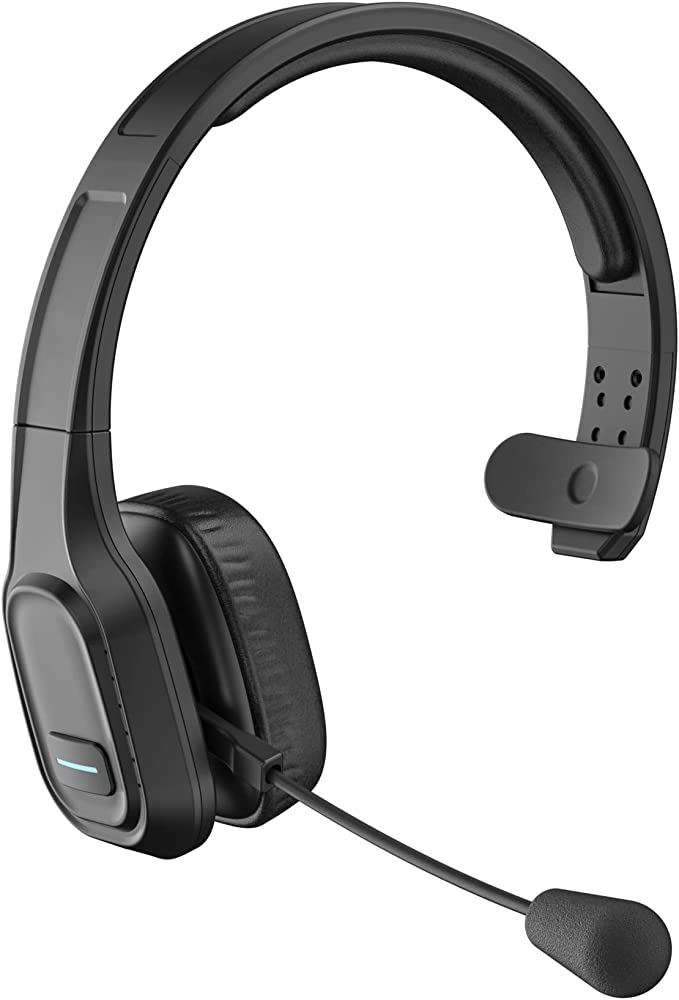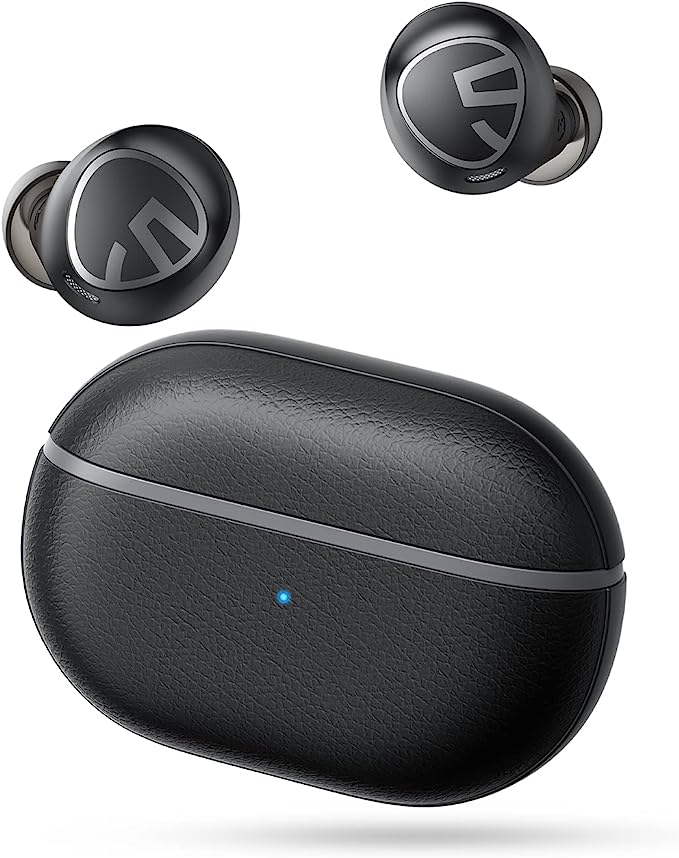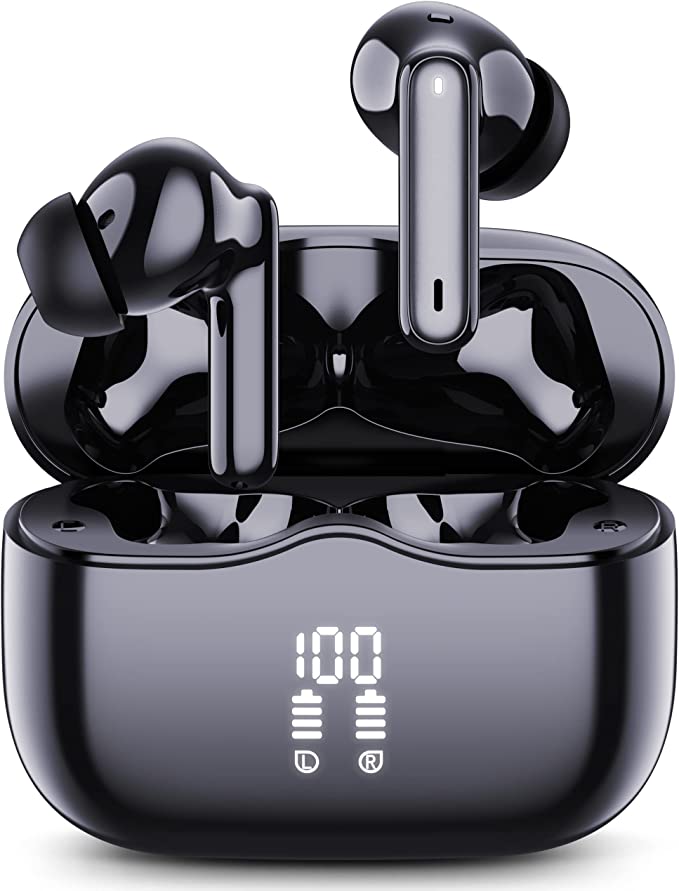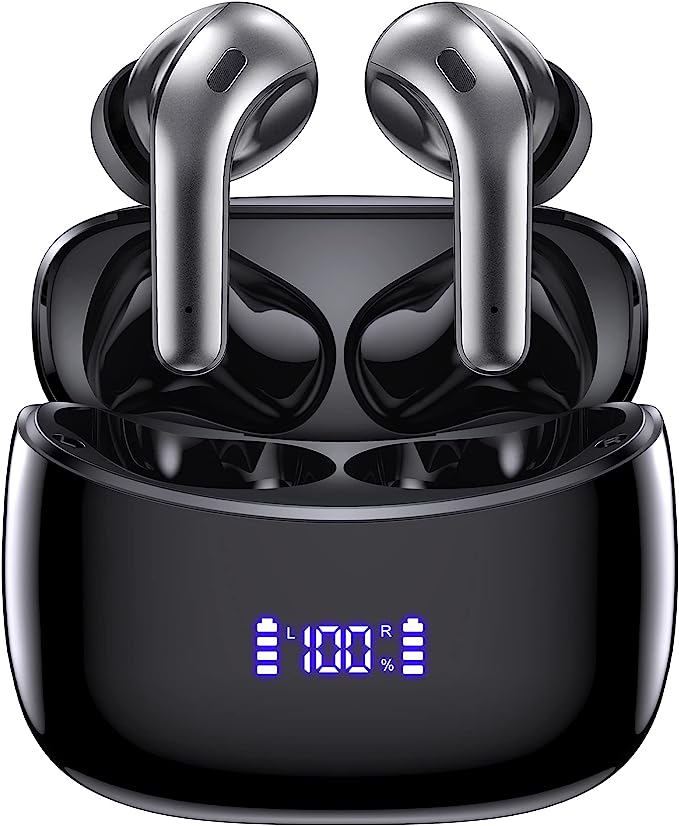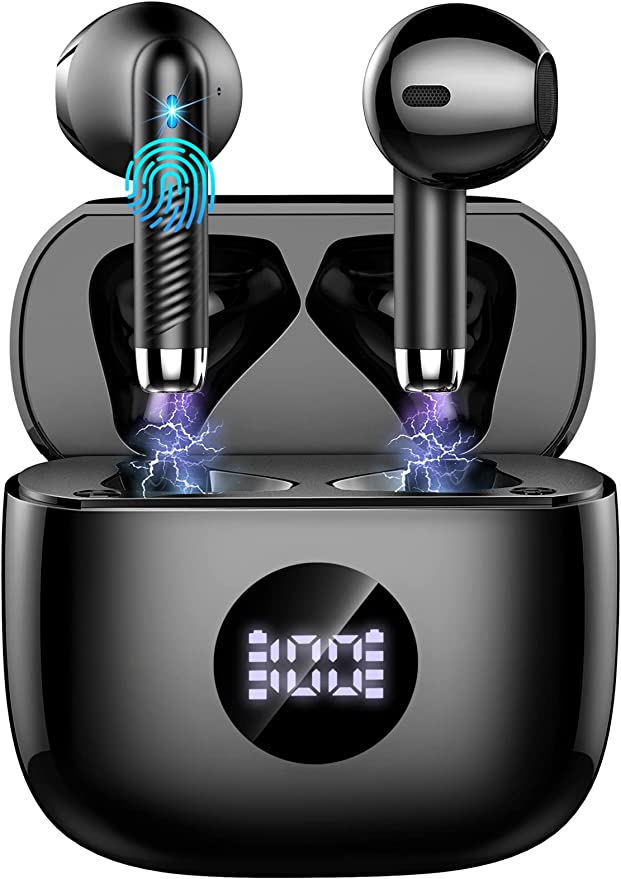TEDATATA Z18 - The Most Advanced Bone Conduction Headset for Sports
Update on June 23, 2025, 9:57 a.m.
Imagine this: you’re out for your morning run, the city slowly waking around you. The rhythm of your feet matches the beat of your favorite playlist, energizing your stride. Yet, you also hear the distant chirping of birds, the gentle hum of early traffic, the approaching whir of a bicycle. You’re immersed in your audio, but equally connected to the world. This harmonious blend of personal soundscape and environmental awareness, once a tricky balance for active individuals, is precisely what technologies like bone conduction aim to deliver. And it’s at the heart of devices like the TEDATATA Z18 Wireless Headset.
This isn’t just about another way to listen to music; it’s about a fascinating intersection of history, human physiology, and modern engineering. To truly appreciate what the Z18 offers, we need to embark on a brief journey into the very nature of sound and how we perceive it.

The Ancient Echo: Unearthing the Magic of Bone Conduction
Our story, surprisingly, might begin in the early 19th century with Ludwig van Beethoven. As the famed composer progressively lost his hearing, he reportedly discovered he could still perceive the notes of his piano by biting onto a conducting rod pressed against the instrument. The vibrations traveled from the piano, through the rod, and via the bones of his skull, directly to his inner ear. While a poignant image, it’s also a powerful, early demonstration of bone conduction – sound bypassing the conventional route of the ear canal and eardrum.
So, what is bone conduction scientifically? Typically, sound waves travel through the air into our ear canal, vibrating the eardrum. These vibrations are then amplified by tiny bones in the middle ear and transmitted to the cochlea, the spiral-shaped organ in our inner ear. The cochlea, a marvel of biological engineering, converts these mechanical vibrations into electrical signals that our brain interprets as sound. Bone conduction, however, offers an alternative, almost a VIP pathway. Devices utilizing this technology, like the TEDATATA Z18, employ transducers that rest on the bones near the ear (usually the cheekbones or temporal bones), not inside or over the ear canal. When audio plays, these transducers create subtle vibrations. These vibrations travel through the solid structure of your skull directly to the cochlea. Your brain processes these signals just as it would any other sound, but with one crucial difference: your ear canals remain completely open.
From Beethoven’s makeshift discovery to early hearing aids, specialized military communication systems (where clarity amidst noise and unimpeded hearing are vital), and now to consumer electronics, bone conduction has steadily carved its niche. It’s a testament to understanding our own auditory system’s remarkable adaptability.

Enter the TEDATATA Z18: Engineering Sound for an Active World
This brings us to the TEDATATA Z18. It’s more than just a headset; it’s conceived as a companion for an active lifestyle, leveraging the inherent advantages of bone conduction and augmenting them with contemporary technological advancements. It aims to solve the perennial dilemma for athletes and aural- multitaskers: how to enjoy audio content without sacrificing safety or comfort.
Feature Deep Dive: The Science Woven into the Z18’s Design
Let’s peel back the layers and see how specific design choices and technological integrations in the Z18 contribute to its intended experience.
Open Ears, Open World – The Freedom of Non-In-Ear Design
This is the cornerstone of the Z18’s philosophy. By not plugging or covering the ear canal, it immediately bestows two significant benefits. Firstly, situational awareness. For a runner on a busy path, a cyclist navigating urban streets, or even a hiker on a narrow trail, the ability to hear approaching vehicles, other people, or environmental cues is paramount for safety. The Z18 allows these ambient sounds to enter the ear naturally. Secondly, comfort. Many find traditional in-ear buds to cause pressure, irritation, or a build-up of heat and moisture, especially during extended wear or vigorous exercise. The on-ear, non-occluding design of the Z18 alleviates these issues, making it a potentially more comfortable option for long sessions or for individuals with sensitive ear canals.
Feather-Light Durability – The Art of the Memory Alloy Skeleton
Weighing in at a mere 25 grams, the Z18 is engineered for an almost imperceptible presence. This feather-light construction is crucial for comfort during dynamic movements; you’re less likely to feel it bouncing or shifting. Supporting this lightweight structure is a “memory alloy skeleton.” While the exact composition isn’t specified, such alloys (often Nitinol, a nickel-titanium blend) possess a remarkable property known as superelasticity, or the shape memory effect. This means the frame can be significantly twisted, bent, or deformed, yet it will spring back to its original pre-set shape. In practical terms, this translates to exceptional durability – it can withstand the rigors of being tossed in a gym bag – and a consistently secure, adaptive fit that conforms to various head shapes. It remembers its form, so you can focus on yours.
Defying the Elements – The Shield of IPX5 Waterproofing
Activity often means sweat, and sometimes, unexpected rain. The Z18 boasts an IPX5 rating. Let’s break that down: ‘IP’ stands for Ingress Protection. The ‘X’ indicates it hasn’t been specifically rated for dust ingress (though a closed design often offers some resistance). The ‘5’ is key here: it signifies protection against low-pressure water jets from any direction. Scientifically, this means the headset’s “closed body design” has been tested to withstand sustained sprays of water. For the user, this translates to peace of mind. Whether you’re sweating profusely during a high-intensity interval training session or caught in a light downpour on your run, the Z18 is designed to prevent moisture from damaging its internal components.
The Unseen Connection – Bluetooth 5.2’s Symphony of Stability
The wireless connection is the lifeline of any modern headset, and the Z18 incorporates Bluetooth 5.2. This isn’t just an incremental update; Bluetooth 5.2 brings several enhancements pertinent to a seamless audio experience. It offers the potential for an improved transmission distance (the Z18 claims up to 15 meters, ideal for when your phone isn’t directly on your person), faster data transfer rates, and, critically for an active user, enhanced stability and interference resistance. This means fewer dropouts or stutters when you’re moving vigorously or in environments with multiple wireless signals, like a busy gym. Furthermore, Bluetooth 5.2 paves the way for LE Audio, a next-generation Bluetooth audio standard. A key feature of LE Audio is the LC3 codec, which promises higher audio quality at lower data rates (and thus lower power consumption), though both the headset and the source device would need to support it for these benefits to be realized. While the Z18’s specific codec support isn’t detailed, using Bluetooth 5.2 positions it well for current reliability and future compatibility.
Crafted Sound, Contained Experience – The 16MM Driver and 360° Closed Sound Cavity
The “16MM copper ring speaker” refers to the bone conduction transducer. A 16mm diameter is relatively substantial for such a device. While direct comparisons to traditional air conduction speaker sizes are inexact, a larger transducer surface could potentially create more pronounced vibrations, which might be perceived as a fuller sound, particularly in the lower frequency ranges that bone conduction can sometimes struggle to reproduce with the same impact as in-ear headphones. The “copper ring” likely refers to components in the electromagnetic coil that drive the vibrations, with copper being an excellent conductor.
Complementing the transducer is the “360° closed sound cavity” and “silicone fit design.” A common challenge with bone conduction can be sound leakage – where some of the vibrations escape into the air, audible to those nearby. The closed cavity aims to contain these vibrations, directing more of the acoustic energy efficiently towards the cheekbones and minimizing what radiates outwards. The silicone material likely aids in creating a gentle, conforming seal against the skin, further reducing leakage and potentially improving the consistency of the vibration transfer. It’s important to approach bone conduction audio fidelity with the right expectations: it offers a uniquely open and often surprisingly clear sound, but it may not deliver the deep, rumbling bass or the isolating immersion of high-end closed-back traditional headphones. It’s a different kind of listening experience, prioritizing awareness and comfort alongside audio enjoyment.
Powering Your Pace – The Endurance of the 200mAh Battery
An active lifestyle demands endurance, and so should your audio gear. The Z18 is equipped with a 200mAh battery, rated for approximately 10 hours of music playback or 12 hours of talk time. For most users, this translates to several workouts, a full day of mixed-use, or even enough power to see you through a marathon and the cool-down that follows. Adding to its practicality, the headset can be fully recharged in about 1 hour, minimizing downtime and ensuring it’s ready for your next adventure.

The Z18 in Motion: Real-World Scenarios, Real-World Benefits
The true measure of any sports technology lies in how it performs in the field, track, or gym. Imagine the trail runner, early morning mist still hanging in the air. Their Z18 delivers a motivating podcast, yet they clearly hear the snap of a twig underfoot, the distant call of a bird, or the polite “on your left” from a passing cyclist. Picture the urban commuter on their bike; turn-by-turn GPS directions are subtly delivered via bone conduction, leaving their ears open to the symphony—and potential hazards—of city traffic. Envision the fitness enthusiast in a bustling gym, lost in their power playlist, yet still able to pick up on an instructor’s cue or a safety announcement. Even for a remote worker stepping out for a walking meeting, the Z18 allows for clear call quality without disconnecting them from the refreshing sounds of their neighborhood. These scenarios highlight how the thoughtful integration of bone conduction with features tailored for activity can genuinely enhance both performance and safety.
Beyond Listening: The Broader Horizons of Bone Conduction
While the TEDATATA Z18 is aimed squarely at the sports and active lifestyle market, the underlying bone conduction technology has a far wider reach. It’s a cornerstone in many assistive listening devices for individuals with certain types of hearing loss (particularly conductive hearing loss). It finds applications in high-noise professional environments where clear communication is essential while ear protection is also worn. The Z18, therefore, isn’t just a product; it’s a consumer-friendly manifestation of a versatile and scientifically sound principle that continues to find new applications, underscoring how technology can adapt to and enhance the human sensory experience.

Concluding Thoughts: A New Harmony for Your Active Life
The TEDATATA Z18 Wireless Headset, based on its detailed specifications, presents a compelling package for the modern active individual. It seeks to strike a harmonious balance between a personal audio experience and an unimpeded connection to the surrounding world. Through the clever application of bone conduction, robust Bluetooth 5.2 connectivity, a design emphasizing lightweight comfort and durability with its memory alloy frame, and practical considerations like IPX5 water resistance and long battery life, it addresses many of the common pain points associated with using audio gear during physical activity.
While its “Currently unavailable” status and lack of customer reviews (as per the provided information) mean its real-world performance is yet to be widely chronicled, the science and engineering principles it embodies are sound. The TEDATATA Z18 is a reminder that innovation in personal audio is not just about louder sound or smaller earbuds; it’s about understanding human needs and creatively applying technology to enrich our lives, allowing us to move, explore, and connect with a new sense of auditory freedom. It’s about finding that perfect rhythm, both in our music and in our interaction with the vibrant, sounding world around us.
